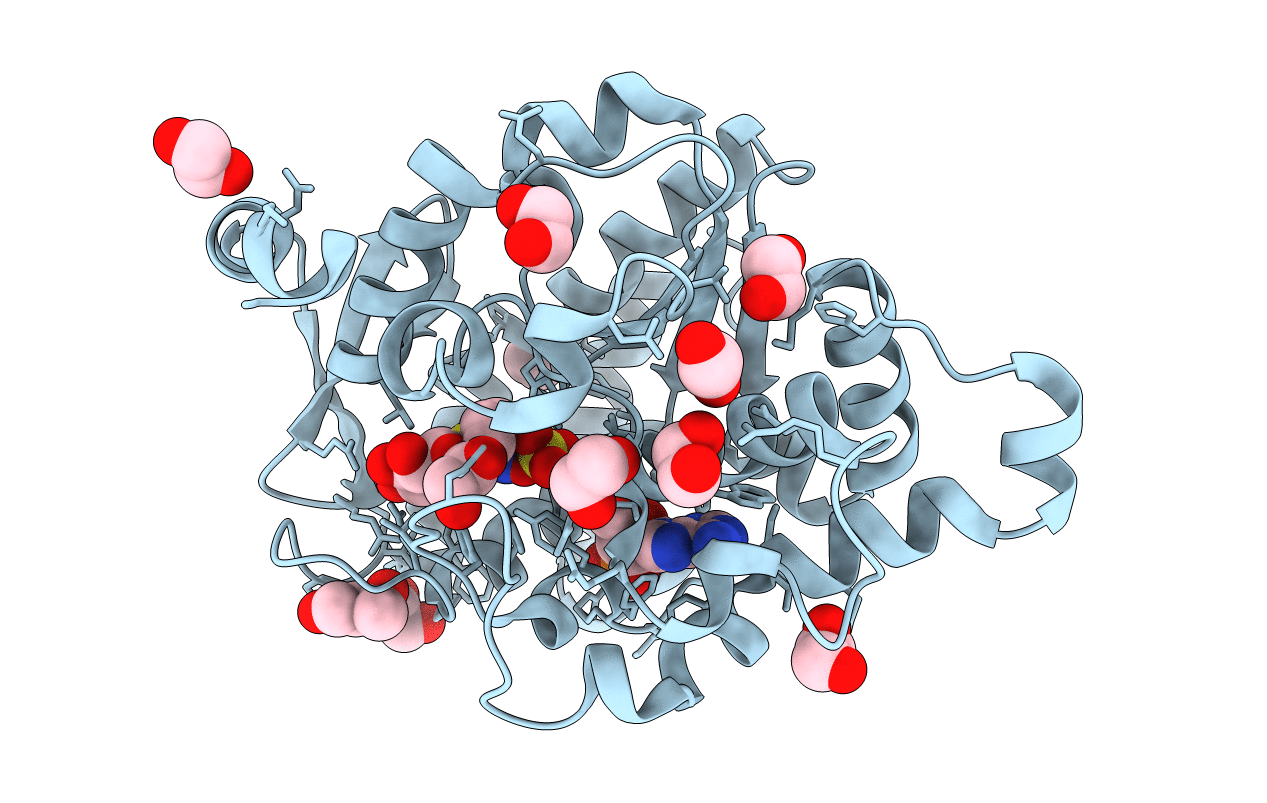
Deposition Date
2016-11-16
Release Date
2017-07-05
Last Version Date
2024-01-17
Entry Detail
PDB ID:
5MEX
Keywords:
Title:
Sulphotransferase-18 from Arabidopsis thaliana in complex with 3'-phosphoadenosine 5'-phosphate (PAP)and sinigrin
Biological Source:
Source Organism:
Arabidopsis thaliana (Taxon ID: 3702)
Host Organism:
Method Details:
Experimental Method:
Resolution:
1.92 Å
R-Value Free:
0.21
R-Value Work:
0.16
R-Value Observed:
0.17
Space Group:
P 43 21 2


